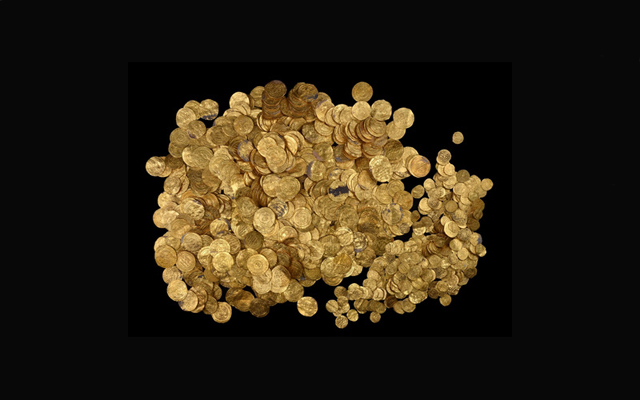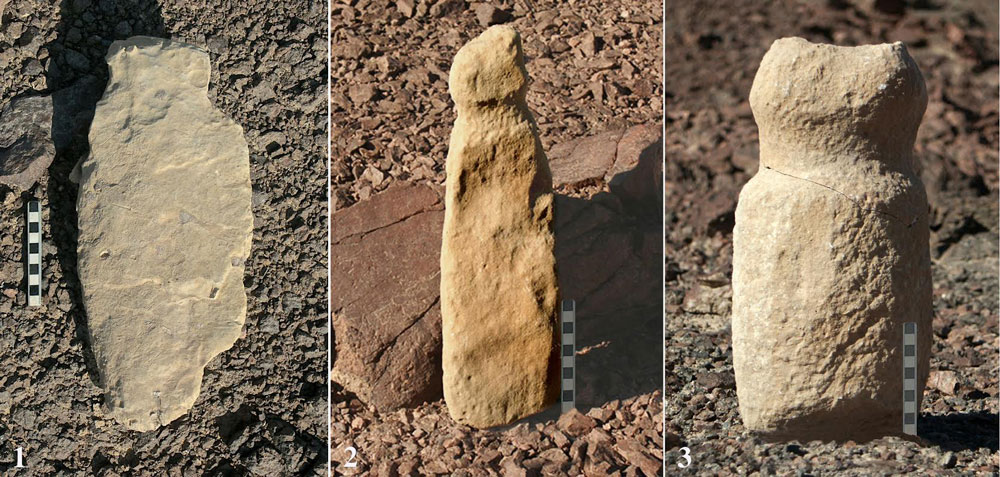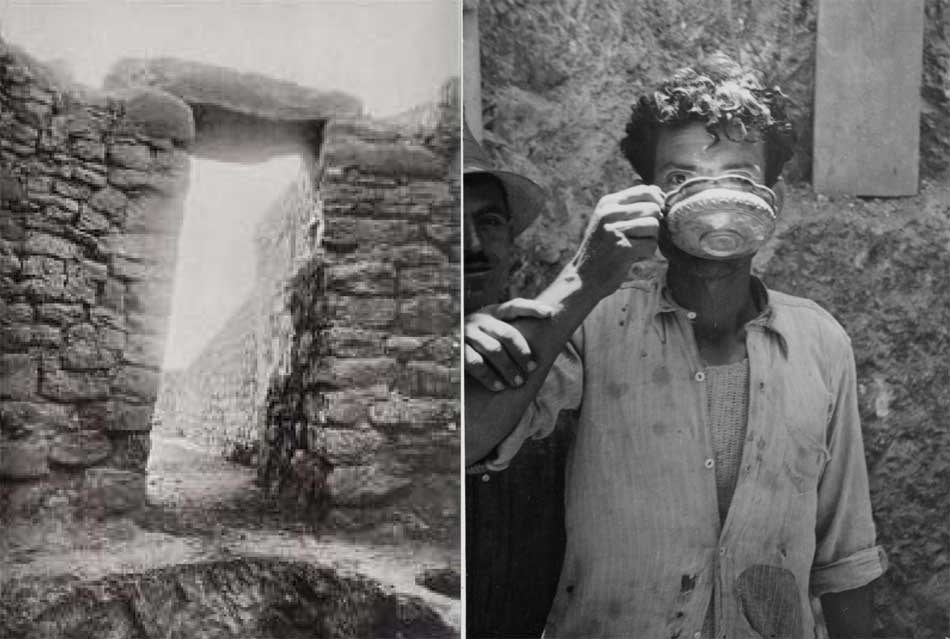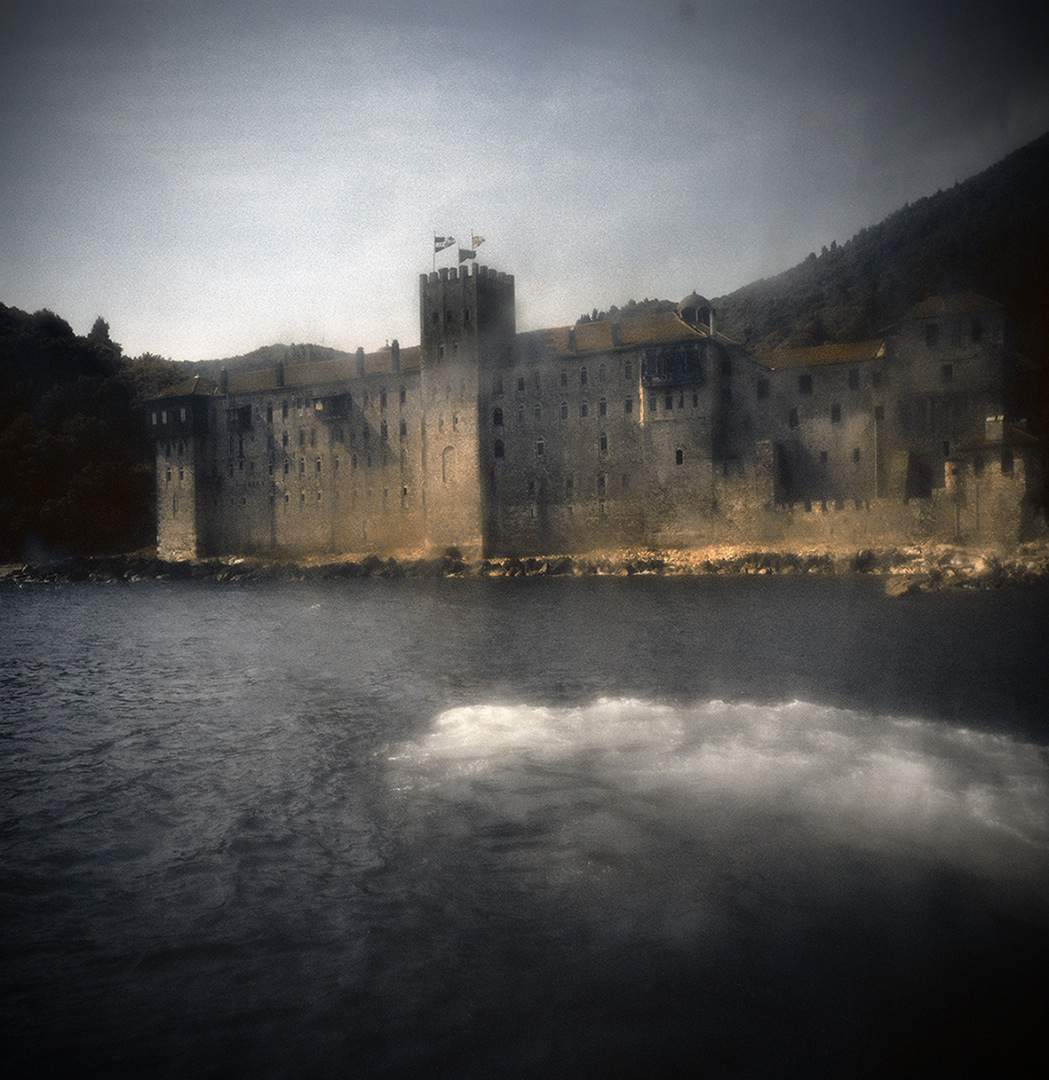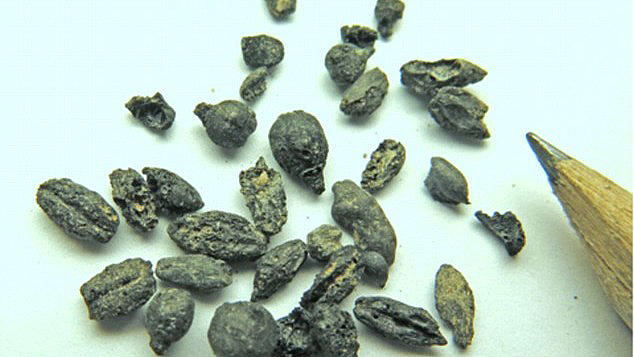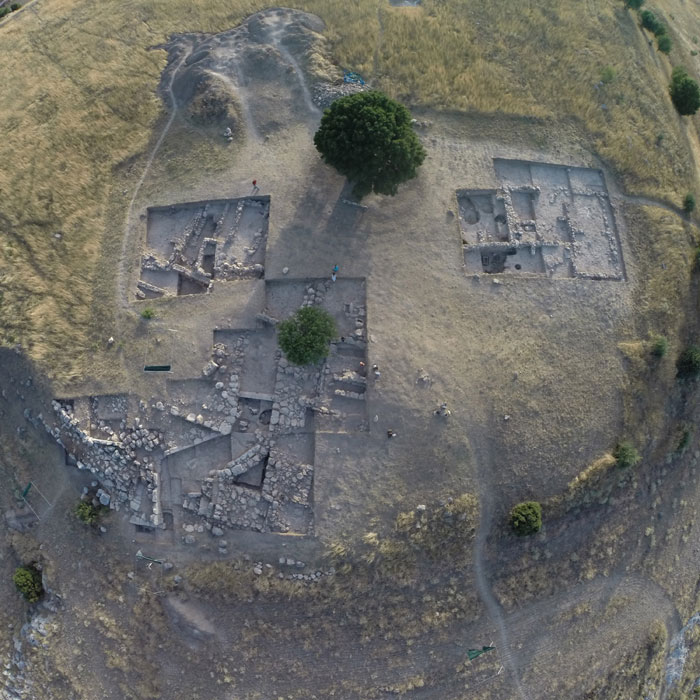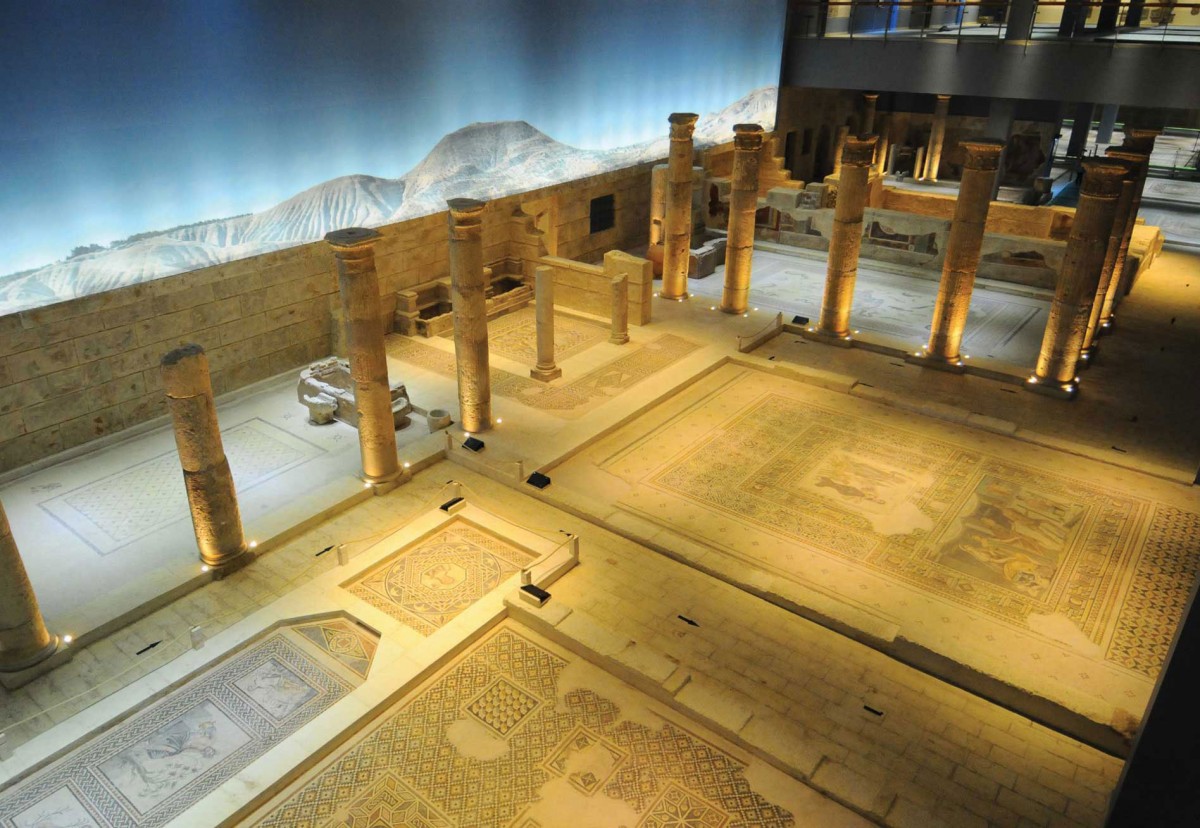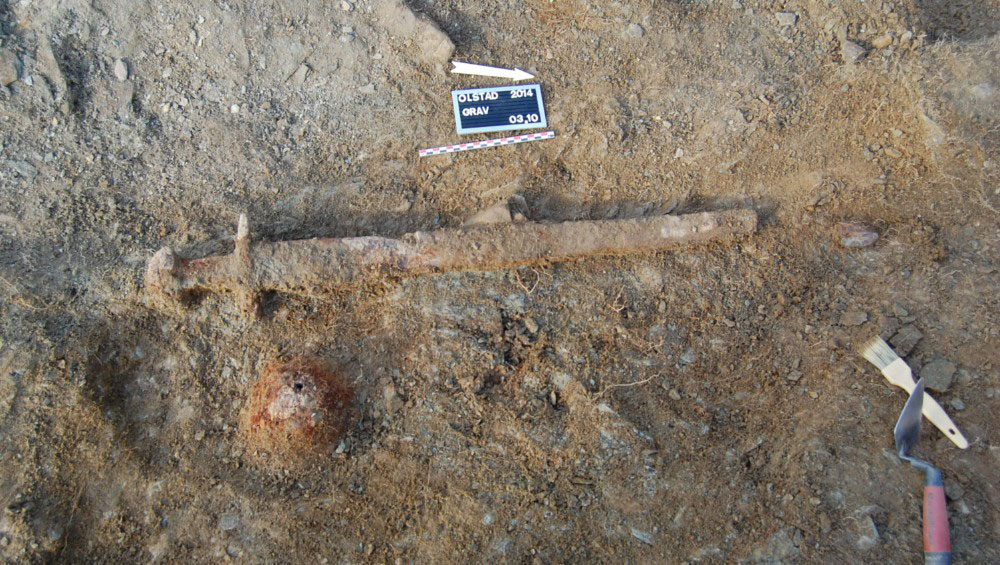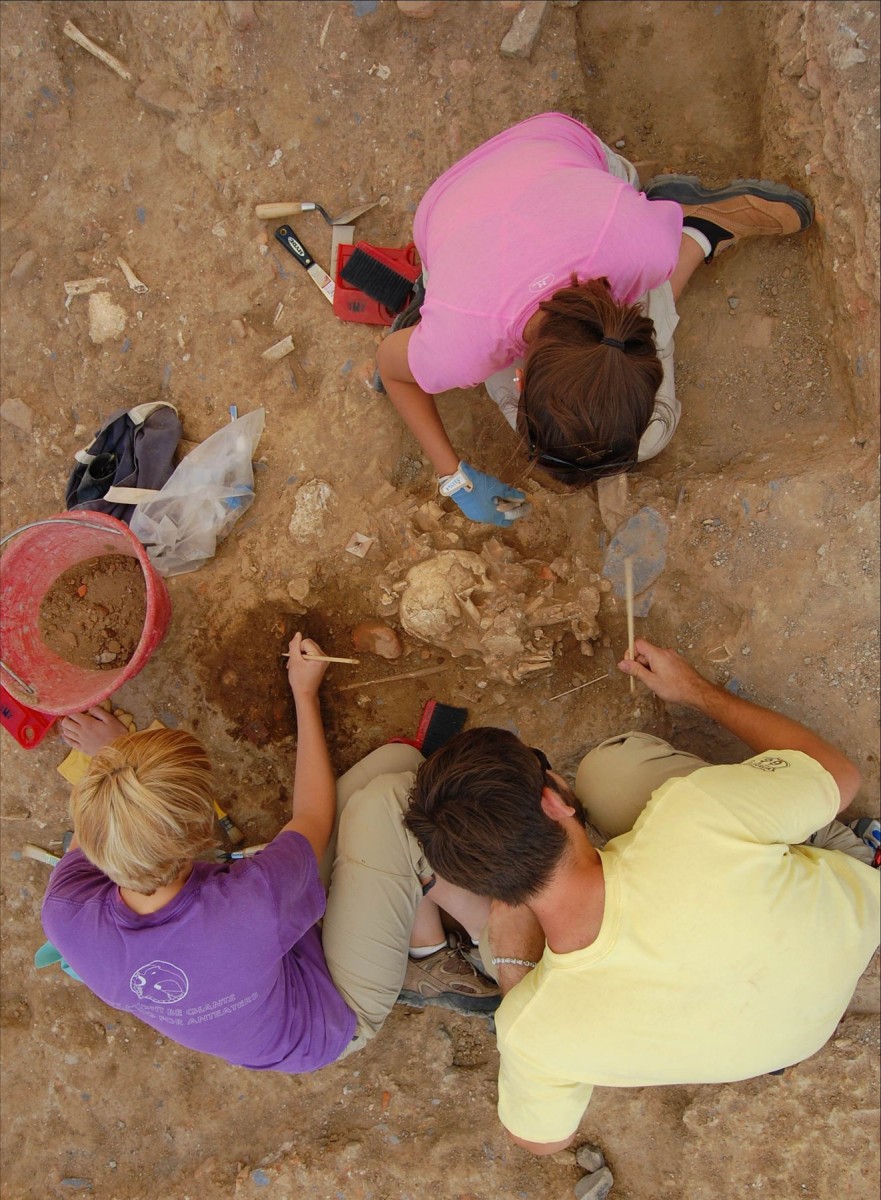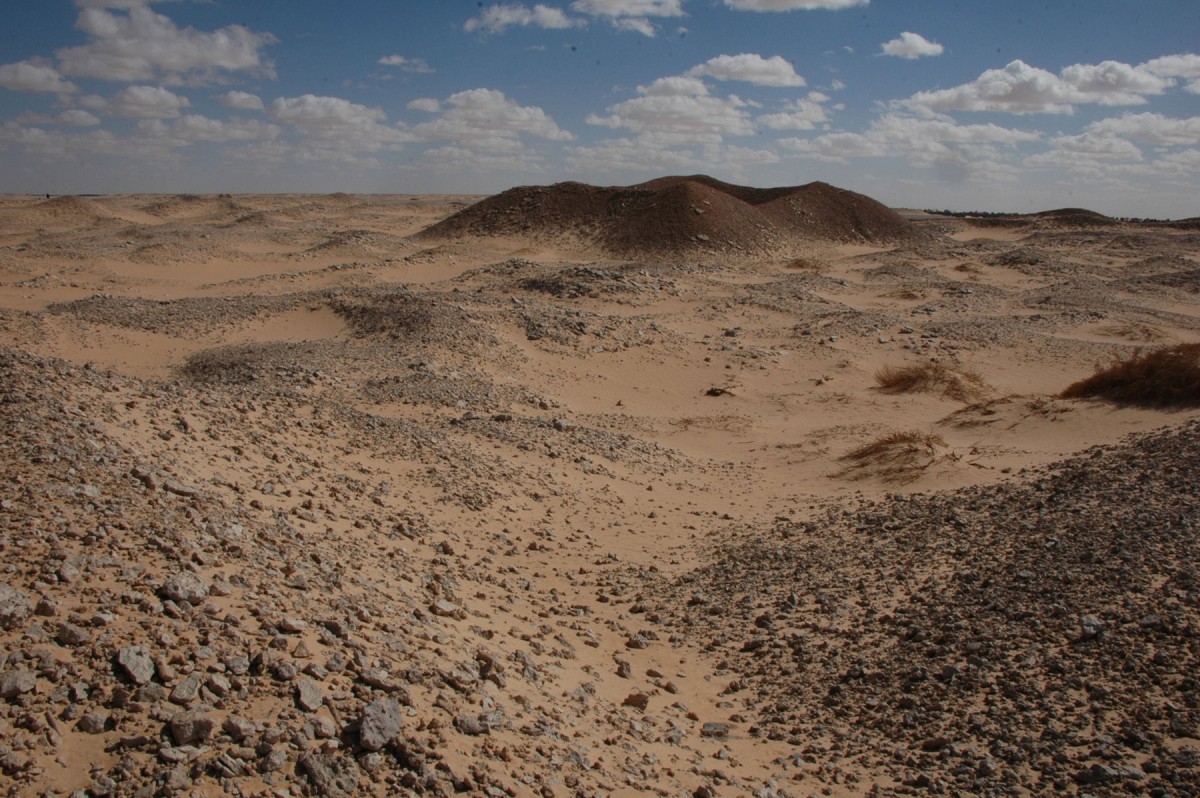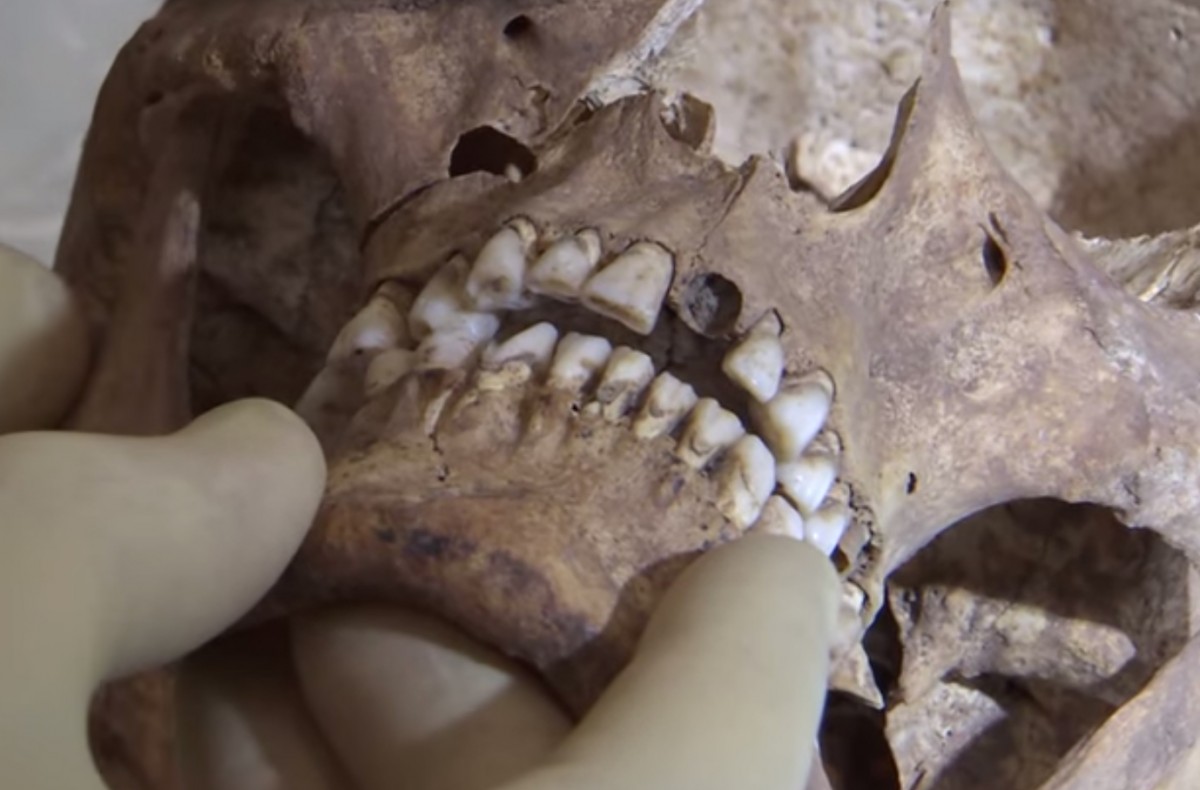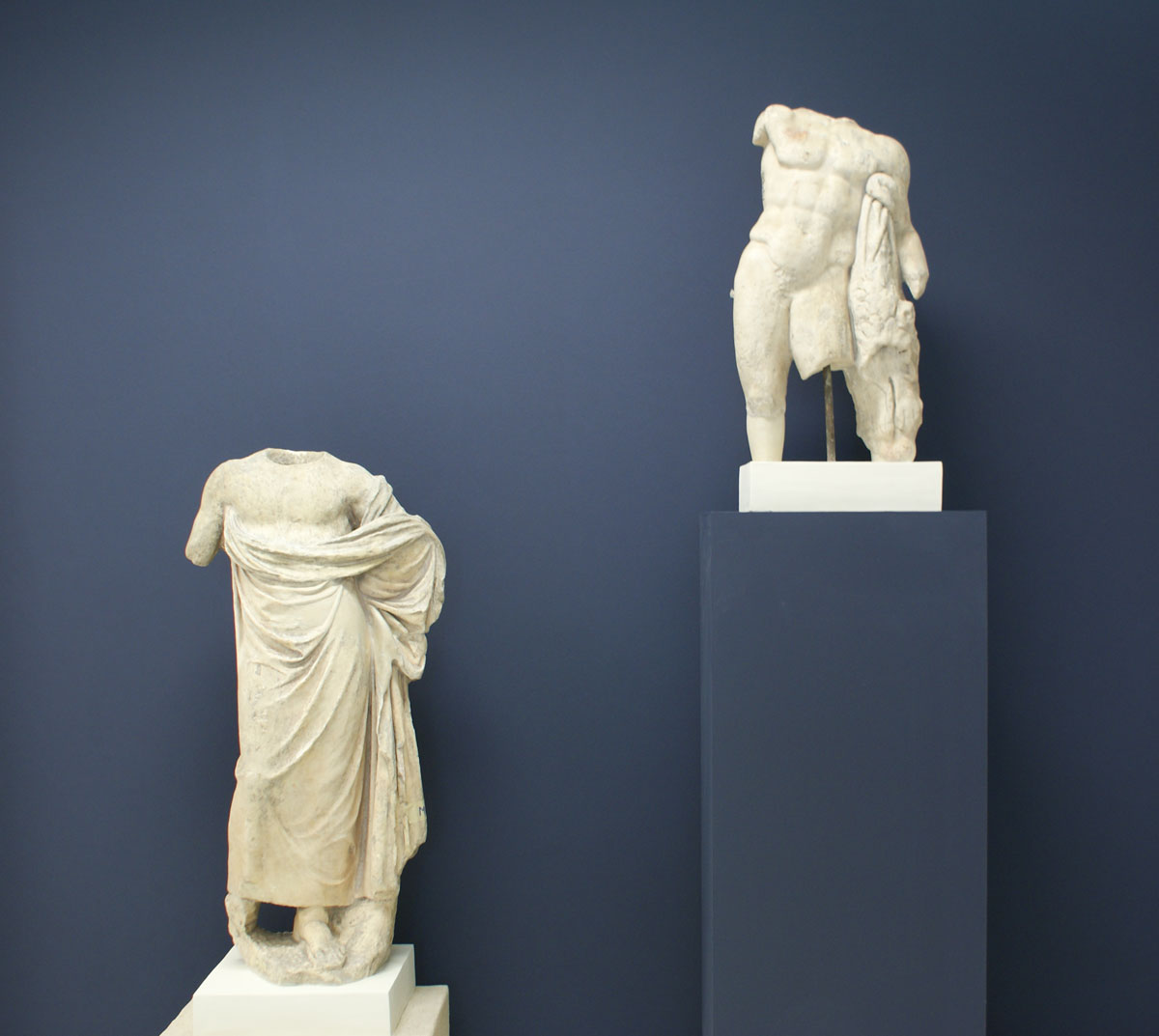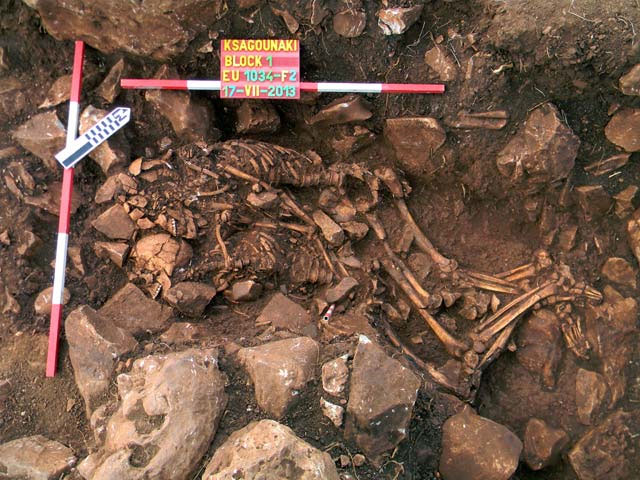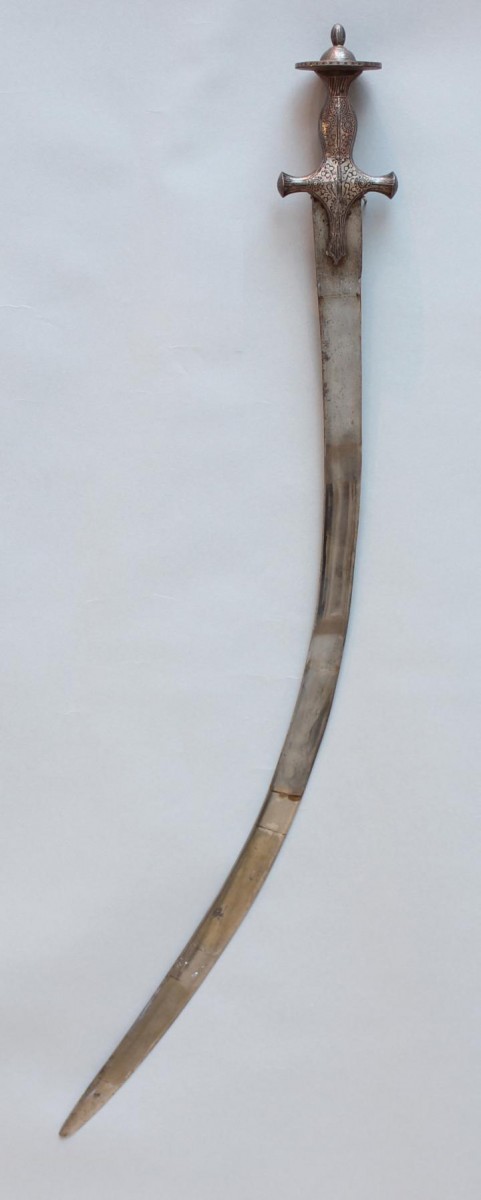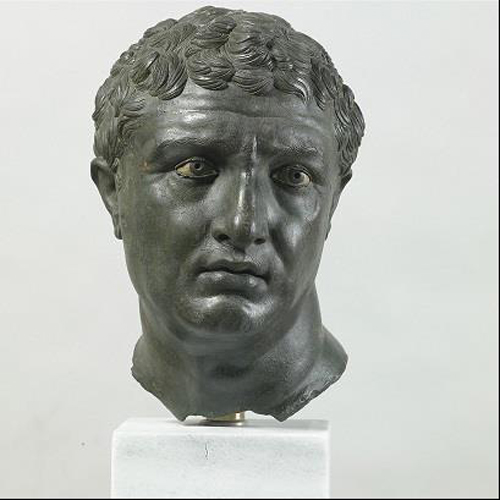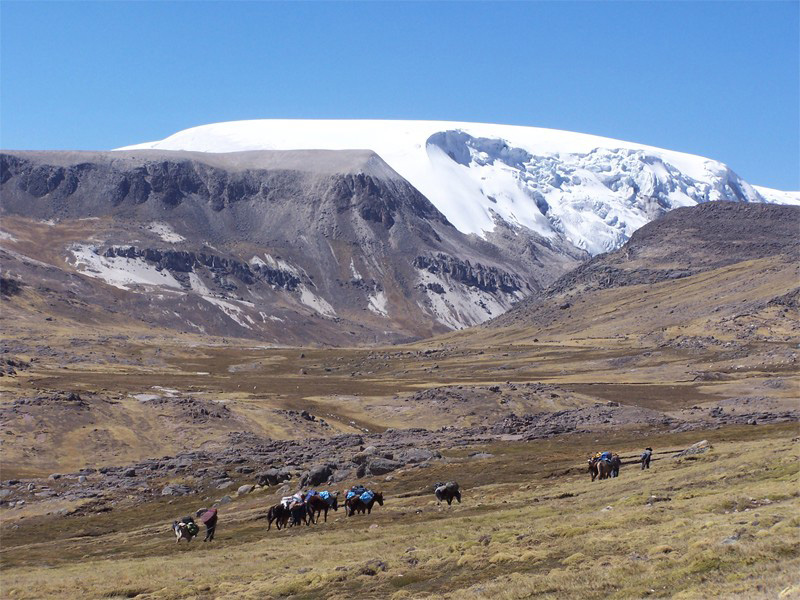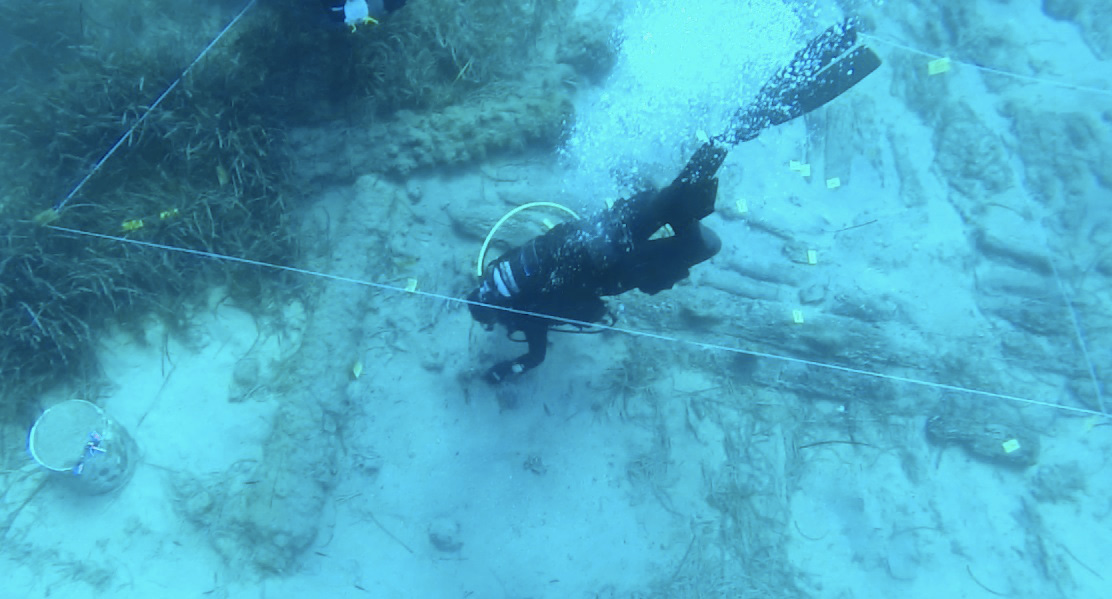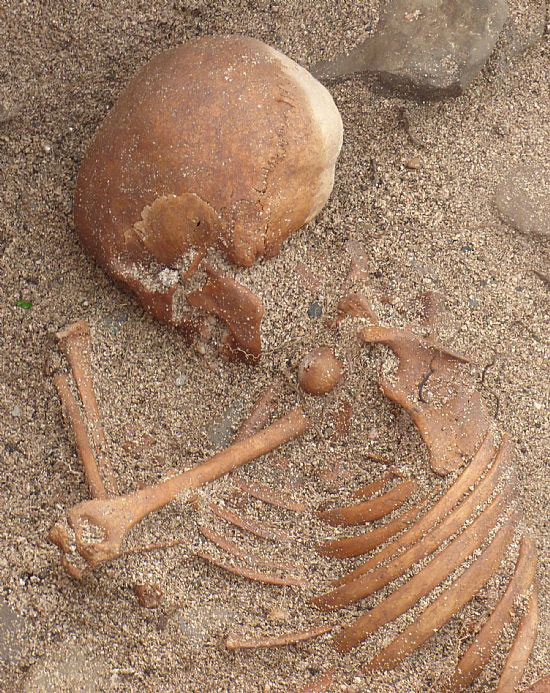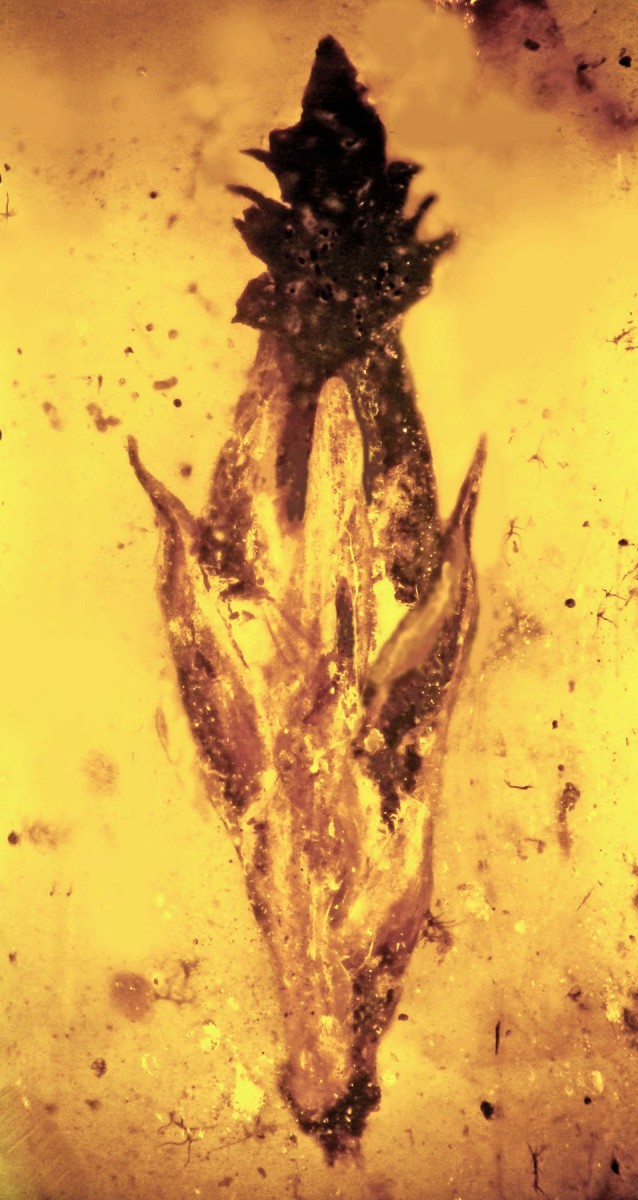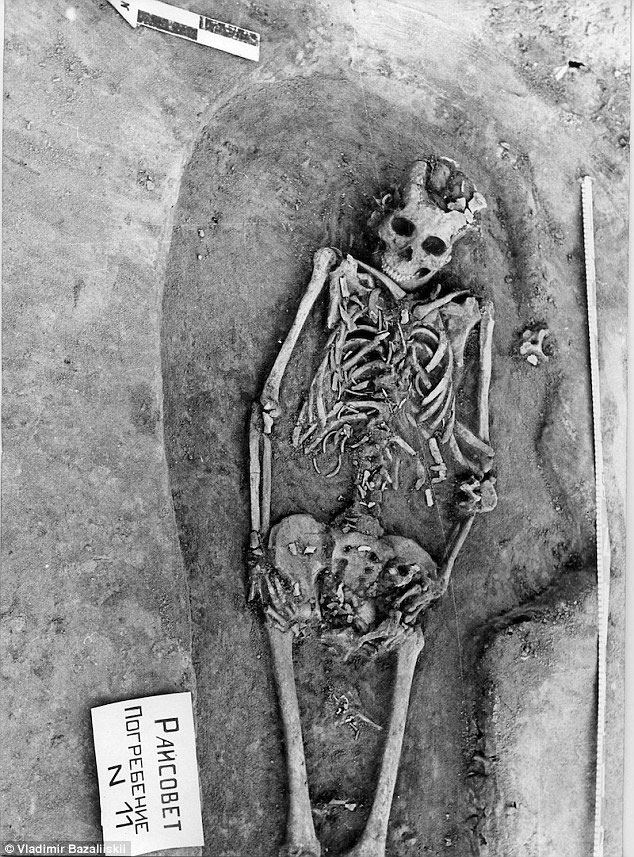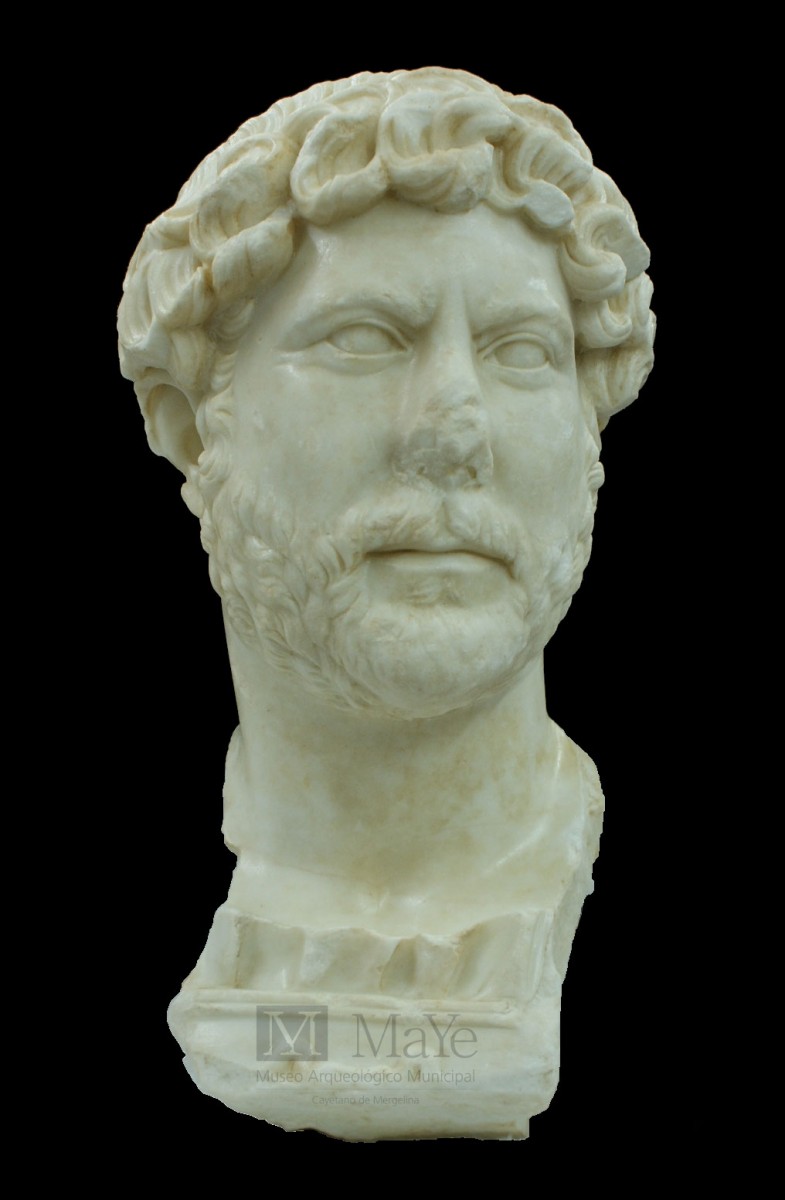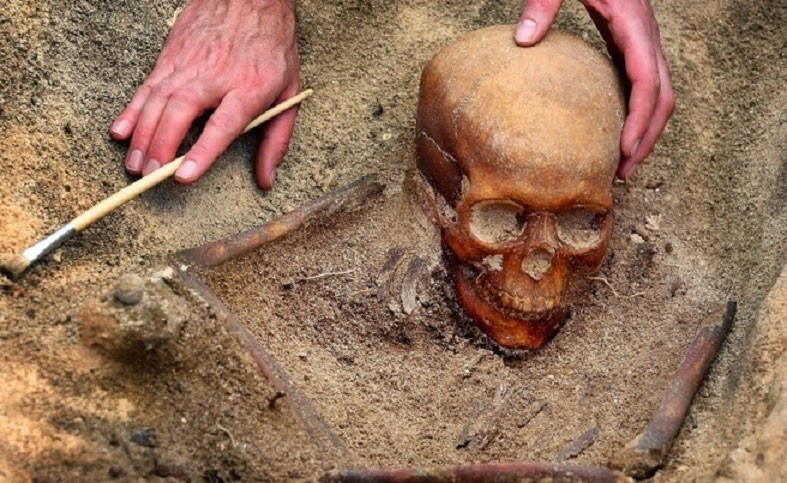Almost 2000 Fatimid gold coins found in Caesarea
The largest treasure of gold coins ever discovered in Israel was found in recent weeks on the seabed in the ancient harbor of the Caesarea National Park.
Prehistoric cult sites discovered in Negev Desert
Archaeologists discovered prehistoric 'cult sites' with phalic structures in the Eilat Moutnains, in the Negev Desert, Israel.
Ritual and ceremonies at the Mycenaean cemetery at Dendra
Presentation focusing on the ritual practices connected with the burials at the Late Bronze Age cemetery at Dendra in the Argolid in Greece.
Athos: Colors of faith
It took 25 visits to the Greek Monastic State and two hundred days of photographing to feature a modern version of the landscape and the people in this unique place.
Charred grapes of the Negev wine found
The charred seeds, over 1,500 years-old, were found at the Halutza excavation site in the Negev during a joint dig by the University of Haifa and the Israel Antiquities Authority.
The Mycenaean Age and its endurance at ancient Eleon in Boeotia
Brendan Burke and Bryan Burns will address the topic “The Mycenaean Age and its endurance at ancient Eleon in Boeotia” on February 20, 2015 (7.00 p.m.) at the Swedish Institute at Athens (Mitseon 9, Athens).
Turkey prepares for its own Archaeological Institute
Turkey is set to establish its own Archaeological Institute. "Finally," Turkish media report, as the country has "already witnessed the establishment of German, Austrian, American, French, British, Japanese and Dutch archaeological institutes on its soil."
Islamic coins in Viking grave
A Viking Age grave in Skaun south of Trondheim in Central Norway containing a sword and a shield boss. Most surprisingly the shield also revealed some Islamic coins hidden in a leather bag.
An Italian cemetery may provide clues on cholera’s evolution
A team of archaeologists and other researchers hope that an ancient graveyard in Italy can yield clues about the deadly bacterium that causes cholera.
Larger area analysis needed to understand patterns in ancient prehistory
Archaeologists need to study larger areas of land and link those studies to measurable environmental, societal and demographic changes to understand variations in prehistoric societies, according to Penn State anthropologists.
Archaeologists reveal mysteries of ‘lost’ 3,000-year-old civilisation
These discoveries, based on research from the Trans-Sahara Project, reveal that the sun-beaten and arid lands of the Sahara to have been a much more populous place than first thought.
Video reveals potential ‘killer blow’ to King Richard III
Leicester University has revealed new film footage that for the first time details the potential killer blow that claimed the life of King Richard III.
Black Sea: Unity and Diversity in Roman Antiquity
The starting point of the BSUDRA Project is the identification of common cultural elements characterizing all regions surrounding the Black Sea.
Two skeletons in a tight embrace unearthed in Greece
Archaeologists in Greece have unearthed two skeletons locked in a tight embrace, among other finds, during excavations in the Diros Caves.
Noninvasive methods used in the study of historic Indian sword
Scientists and conservationists from Italy and the UK joined forces to study a curved single-edged sword called a shamsheer using classical and nondestructive techniques.
Power and Pathos: Bronze Sculpture of the Hellenistic World
The exhibition bring together approximately 50 ancient bronzes from the Mediterranean region and beyond ranging from the 4th century BC to the 1st century AD.
Traces of large-scale human-produced air pollution in Peruvian ice cap
Scientists have found the first detailed record of widespread human-produced air pollution in South America from before the industrial revolution...
Late Ottoman period shipwreck reveals its treasures
Part of the hull, wooden rigging-elements, pistol bullets, ceramics, glass tableware, bricks and an iron cannon were found by underwater archaeologists.
The child in the sand
Last Tuesday, on February 3rd, tour guide Carrie Brown was walking along the beach of Sanday island when she spotted part of a rib-cage in the sand.
Rapid end of the Green Sahara 8,000 years ago
9,000 years ago most of the Sahara was covered by large lakes and savannah that were populated by herds of wild game...
Amber fossil links earliest grasses, dinosaurs and fungus used to produce LSD
A perfectly preserved amber fossil from Myanmar has been found that provides evidence of the earliest grass specimen ever discovered and even then it was topped by a fungus similar to ergot, which for eons has been intertwined with animals and humans.
Prehistoric twins discovered in Russian cemetery
Archaeologists in Siberia discovered the oldest confirmed evidence of twins, when they unearthed a 7,700-year-old skeleton of a woman bearing twins, all of whom probably died at birth
Marble bust of Hadrian unearthed
A marble bust of Hadrian was excavated at the archaeological site of Los Torrejones, in Murcia, Spain.
Expedition reveals new Batavia burial site
Australian archaeologists are back at Beacon Island examining archaeological sites related to one of WA's most famous shipwrecks, the Batavia.
